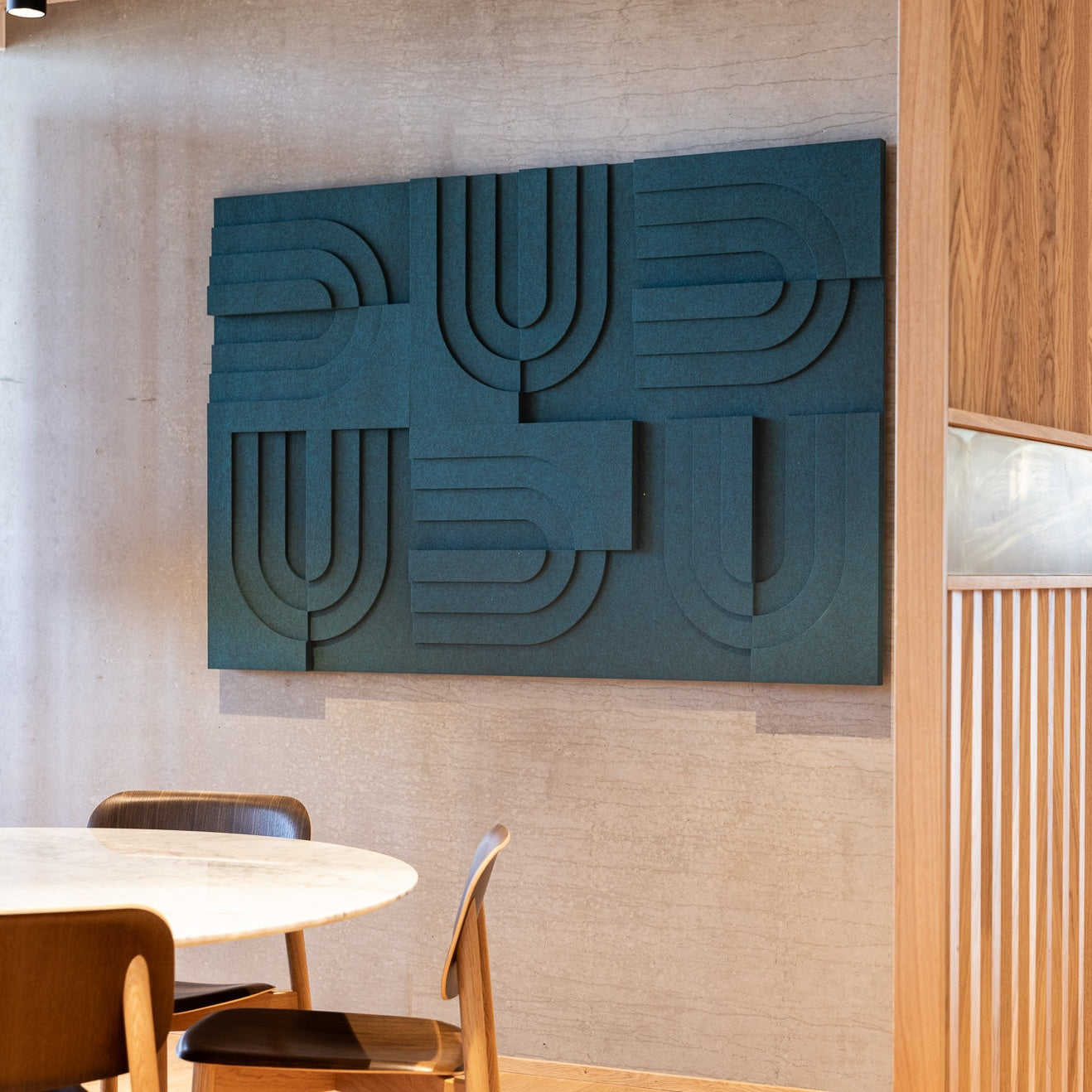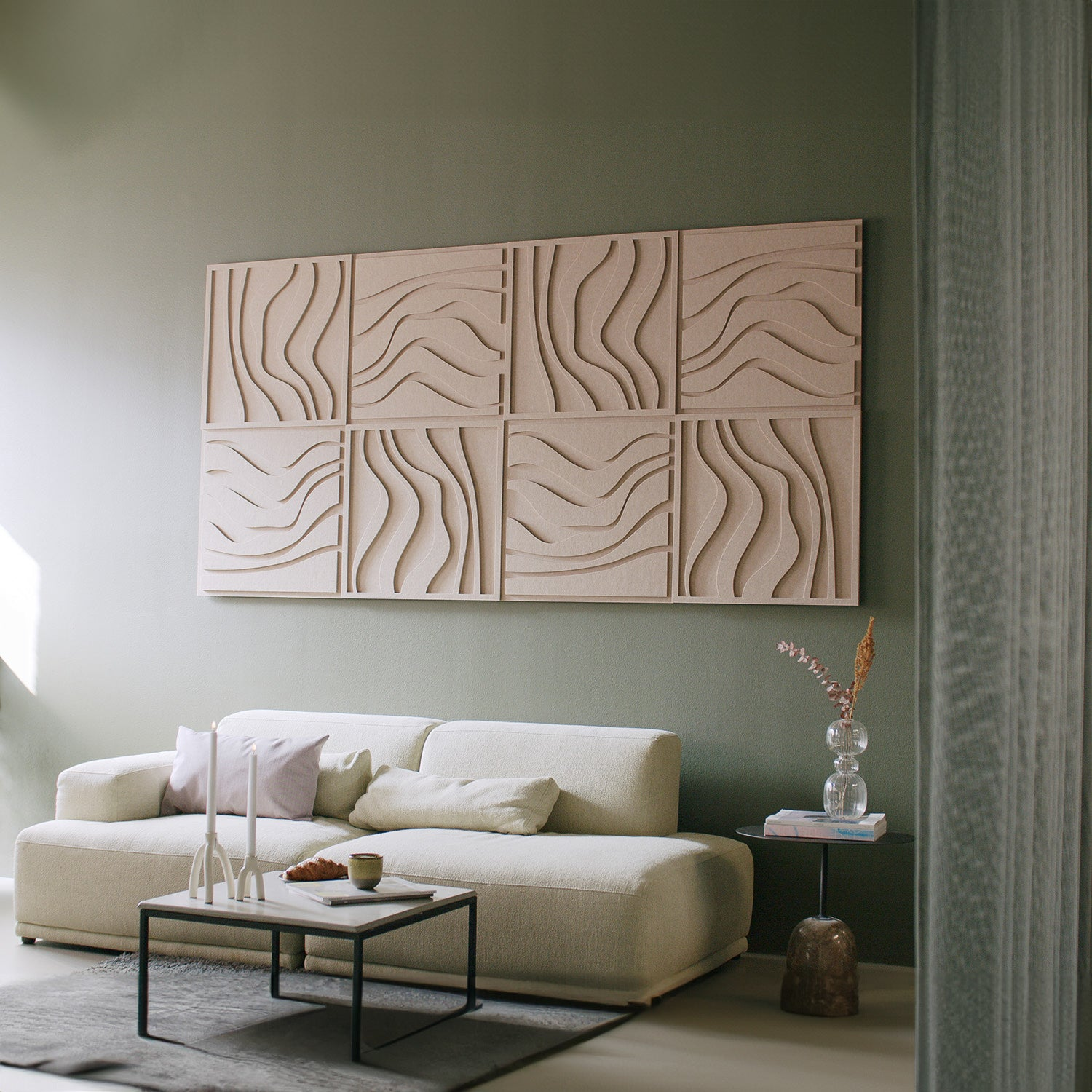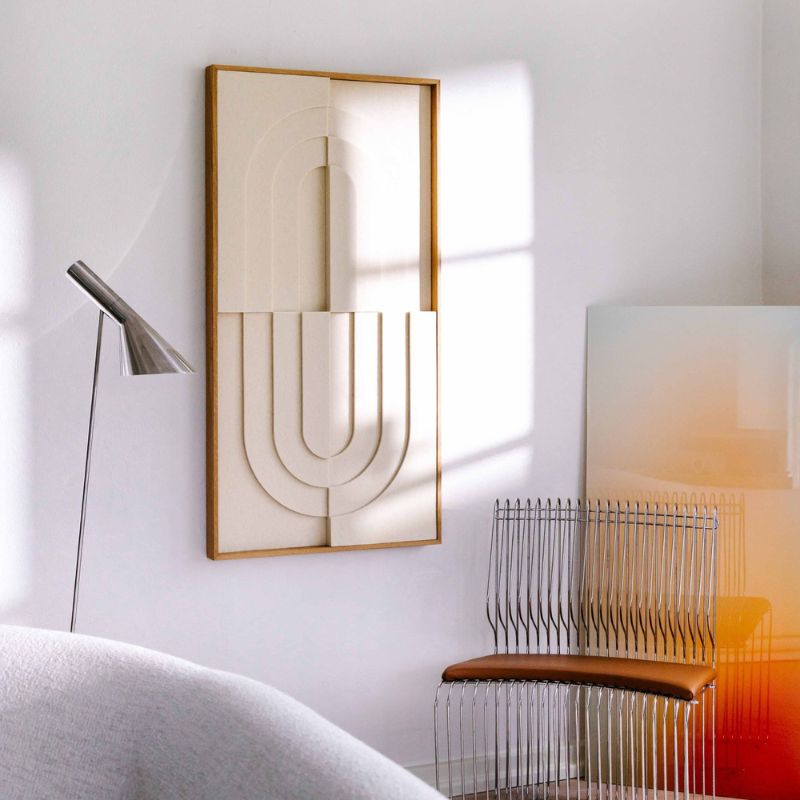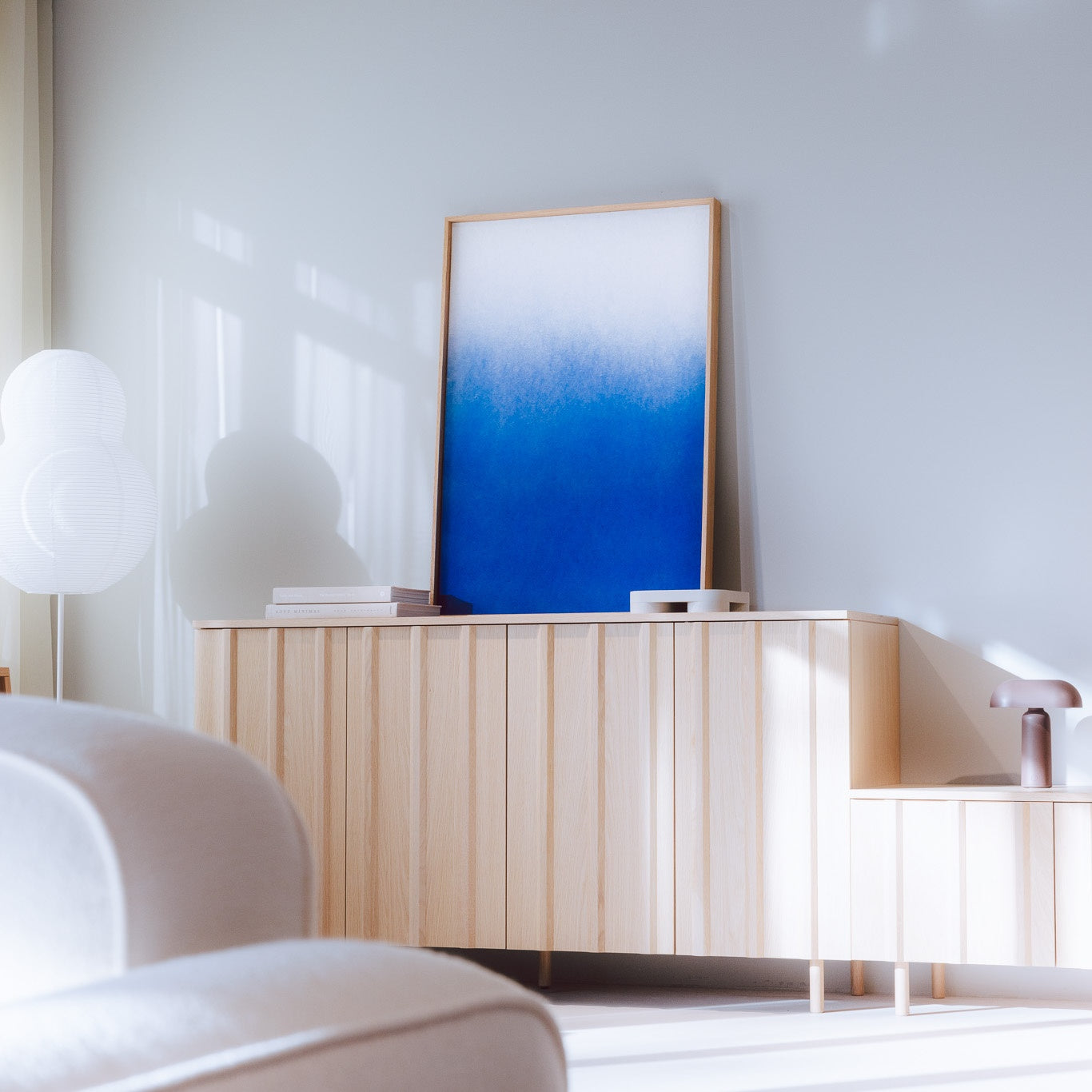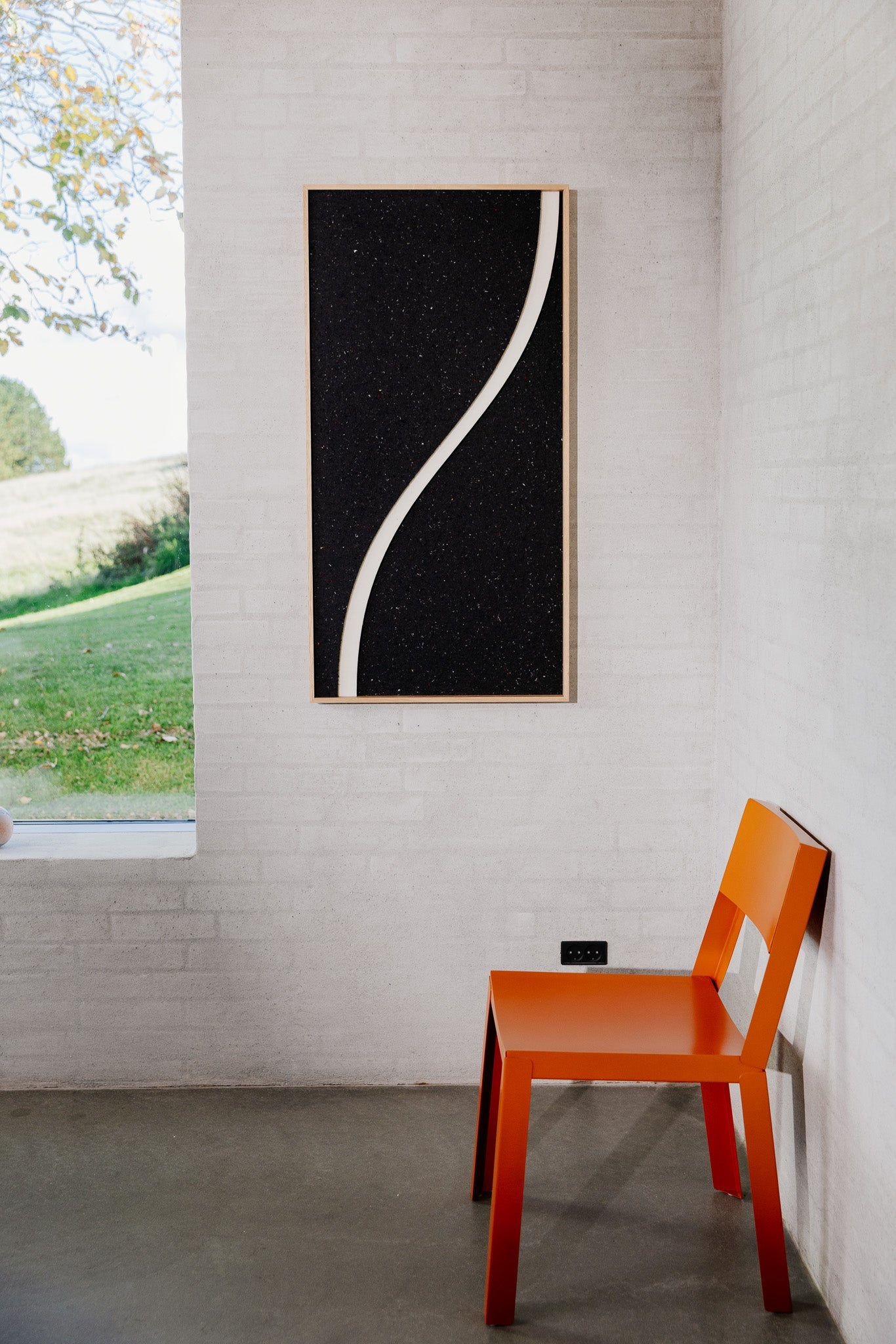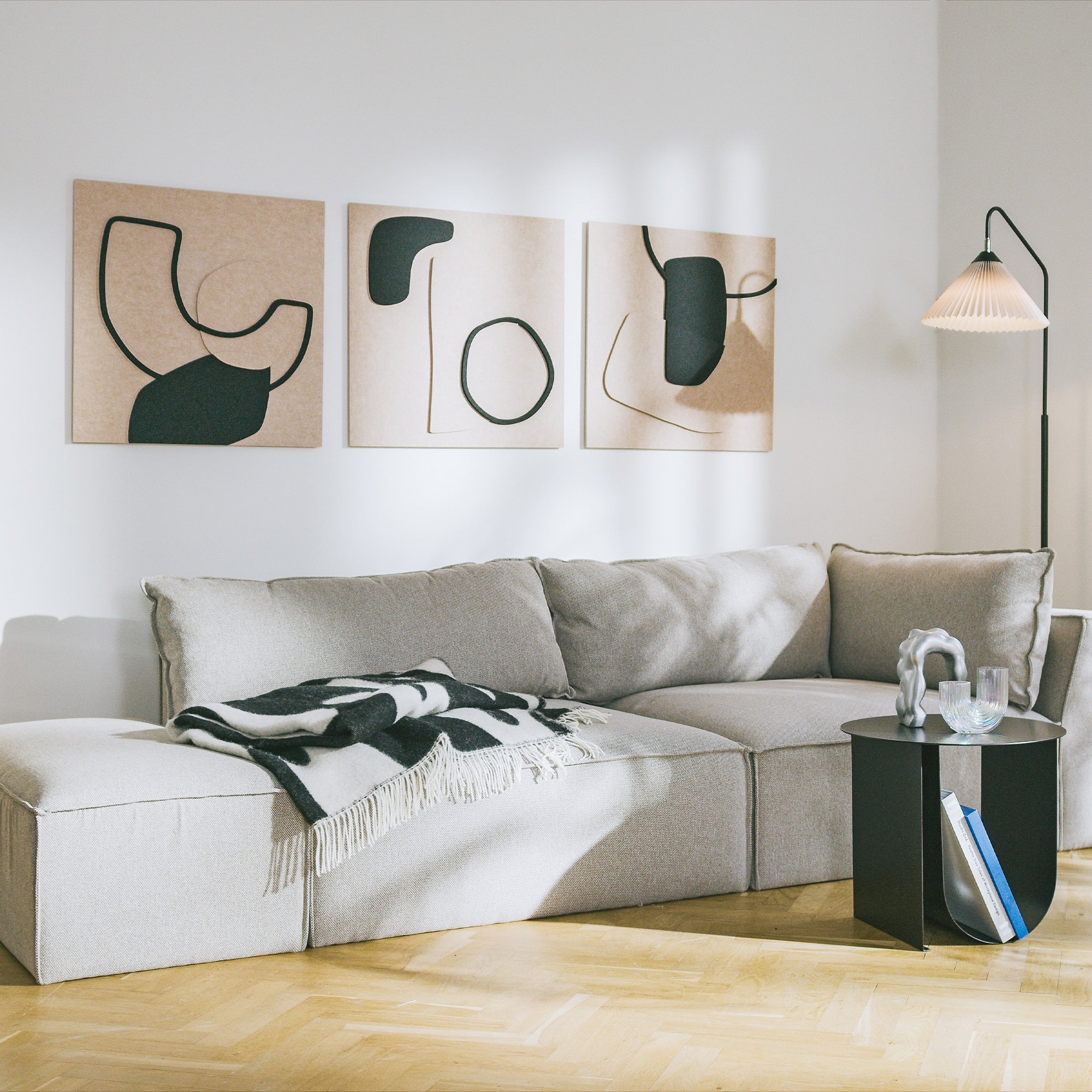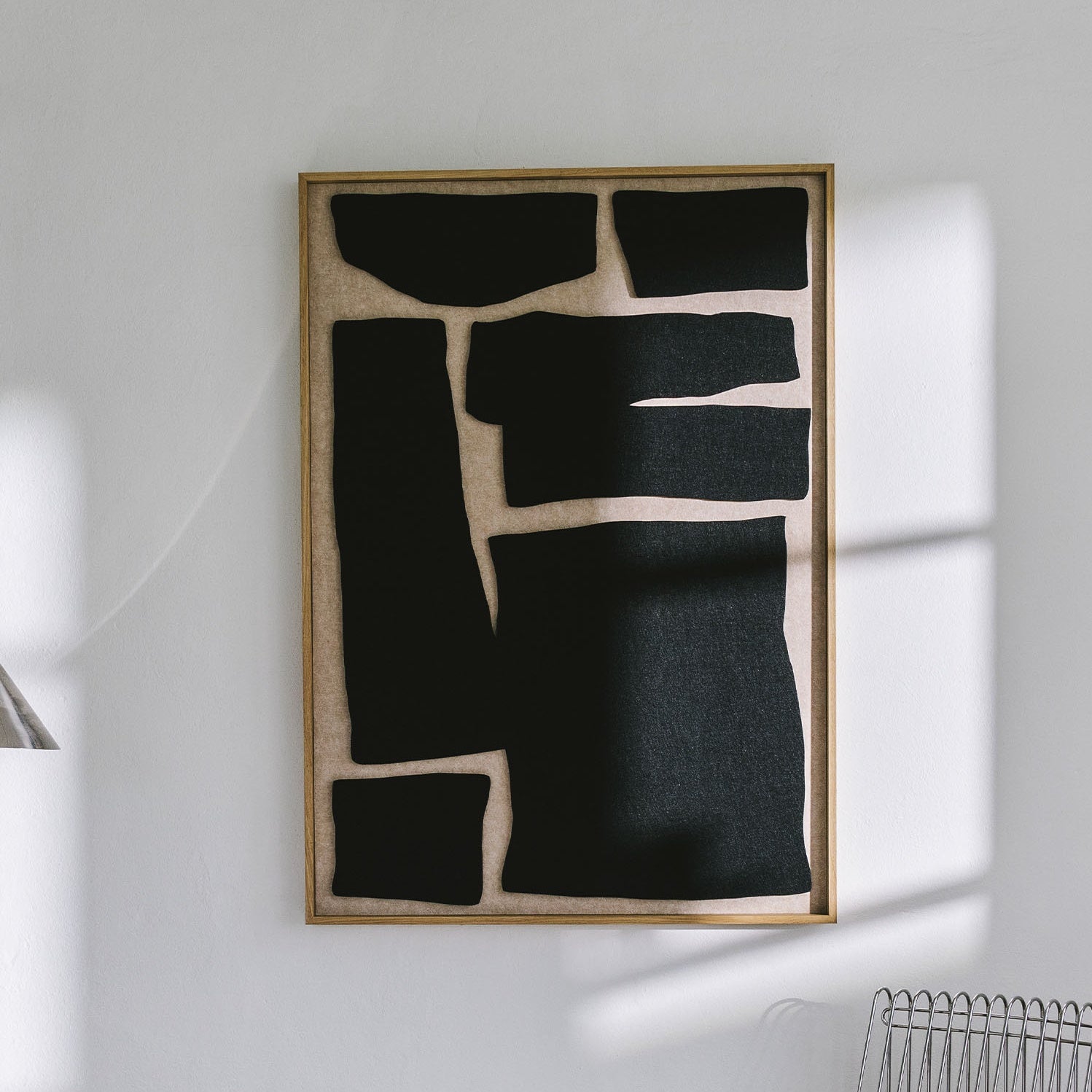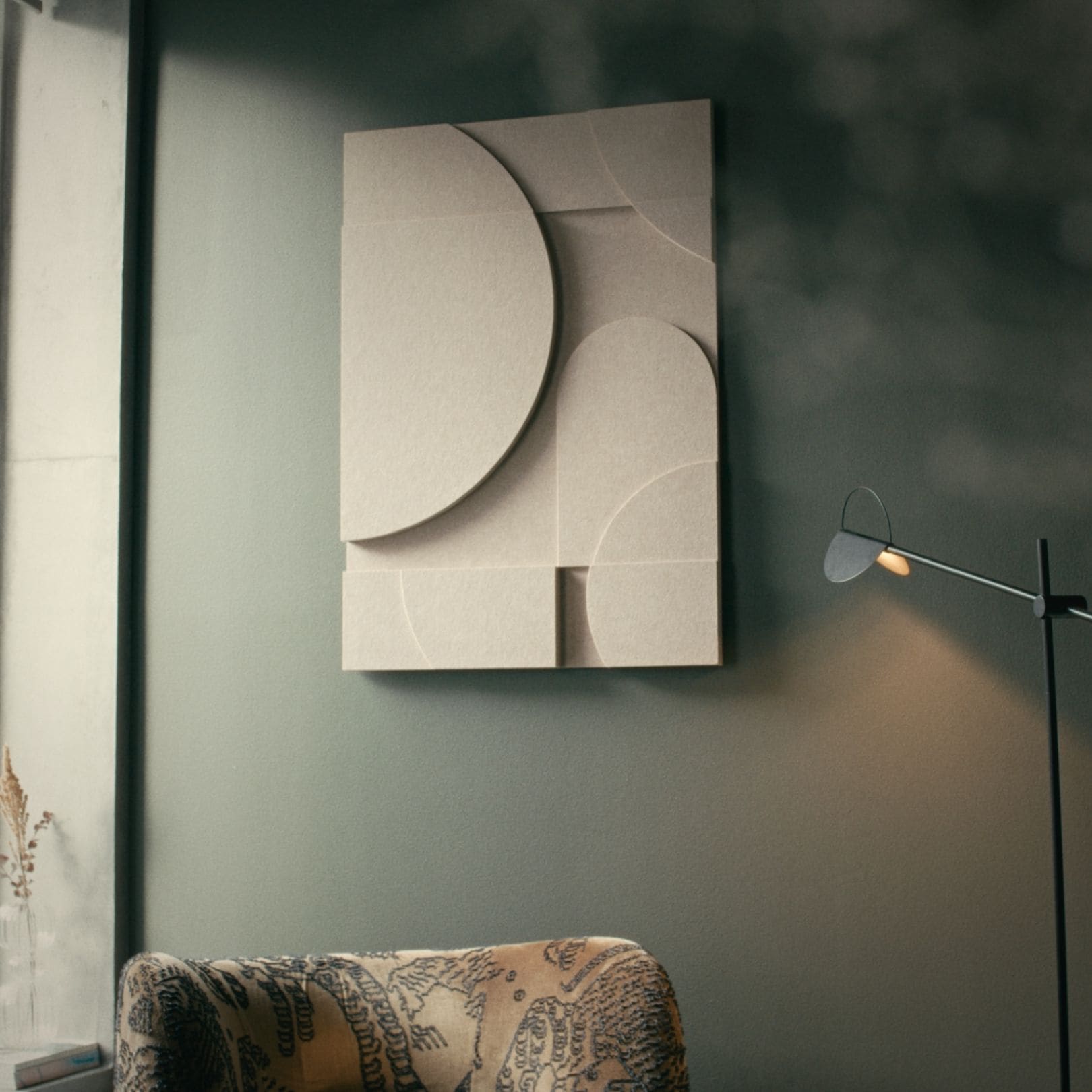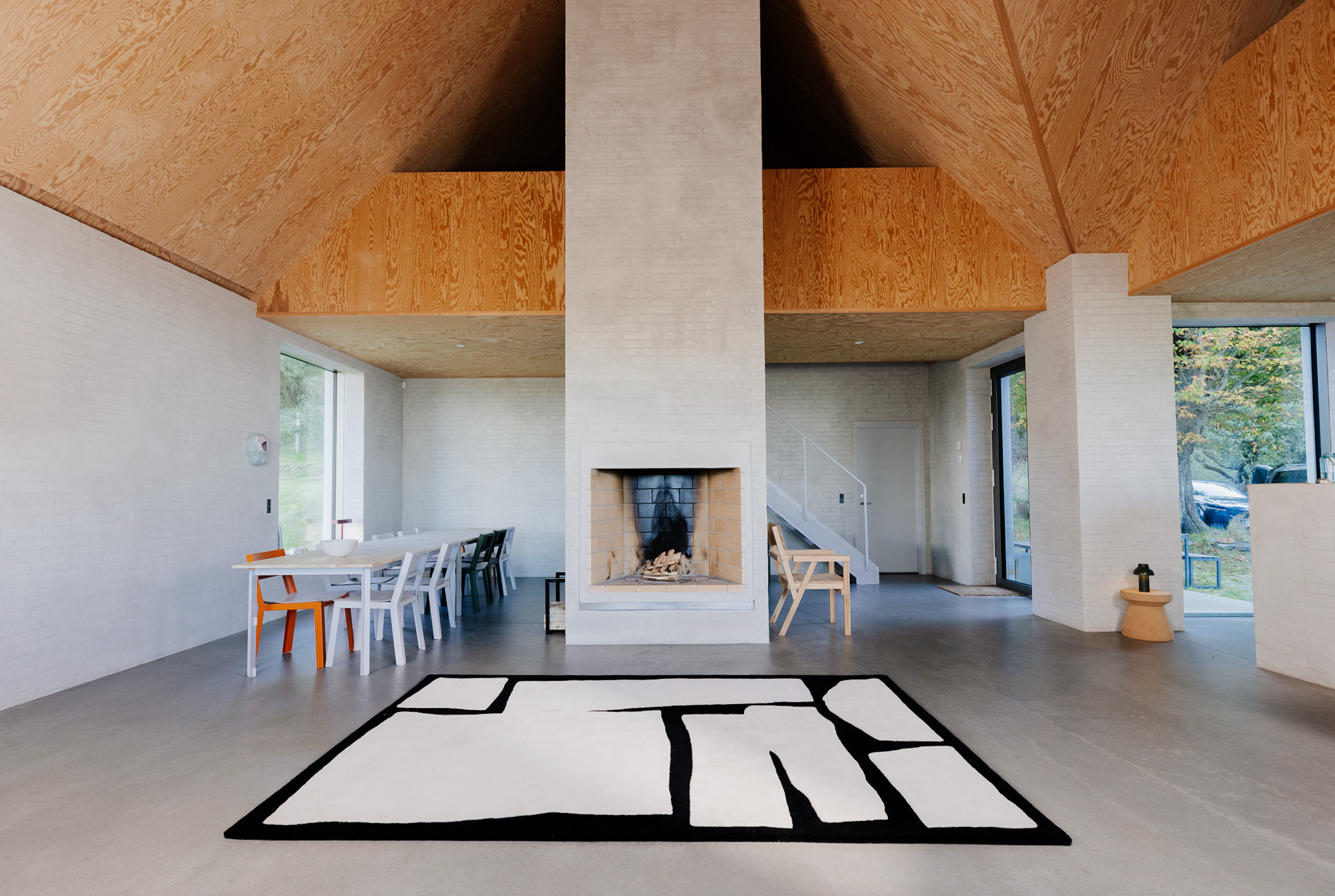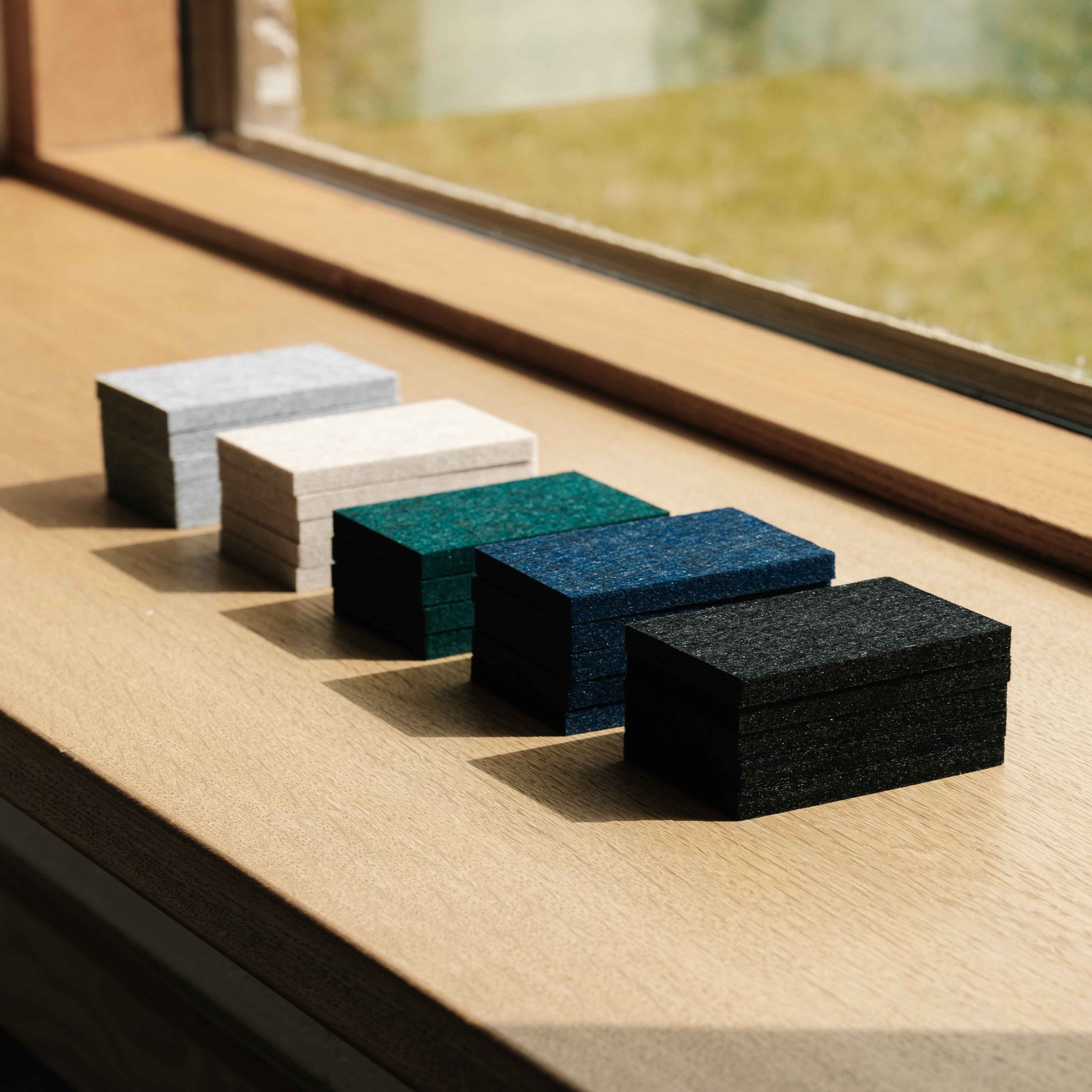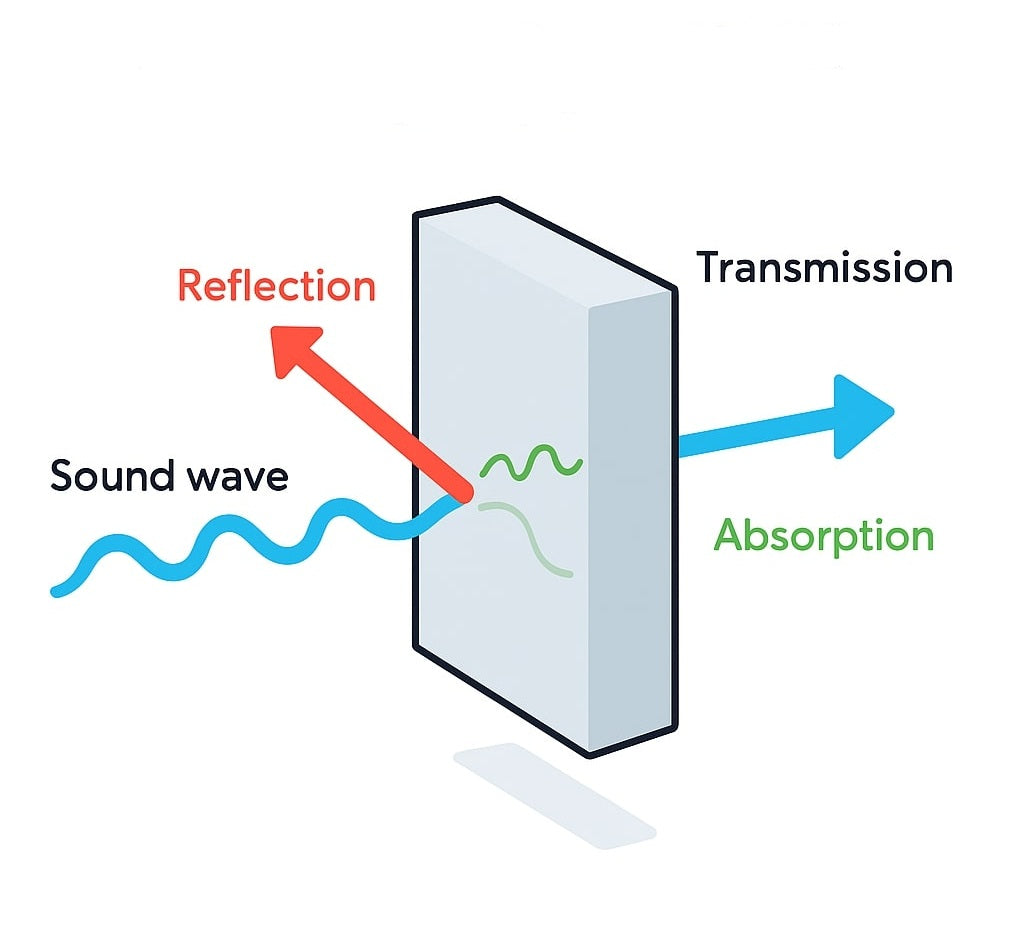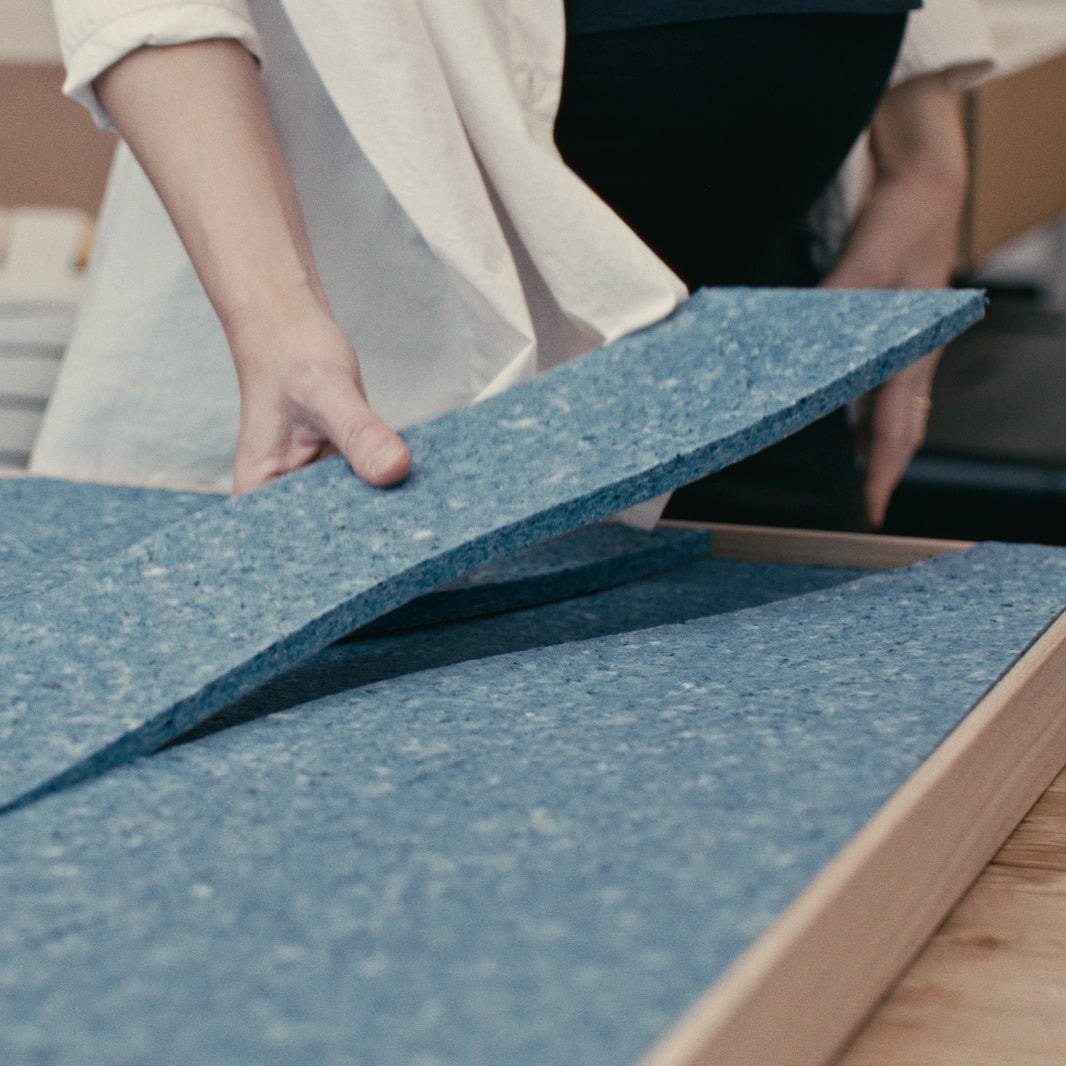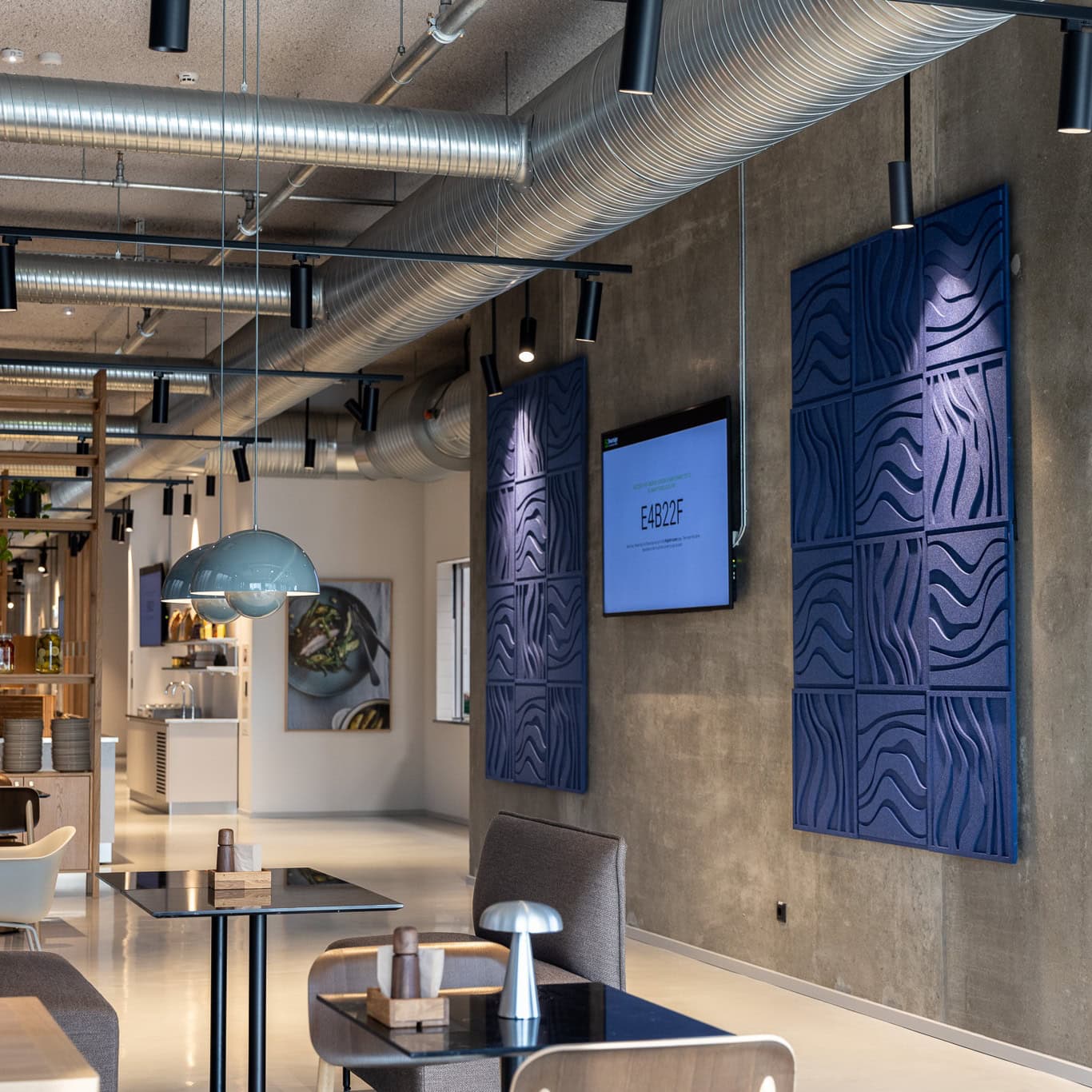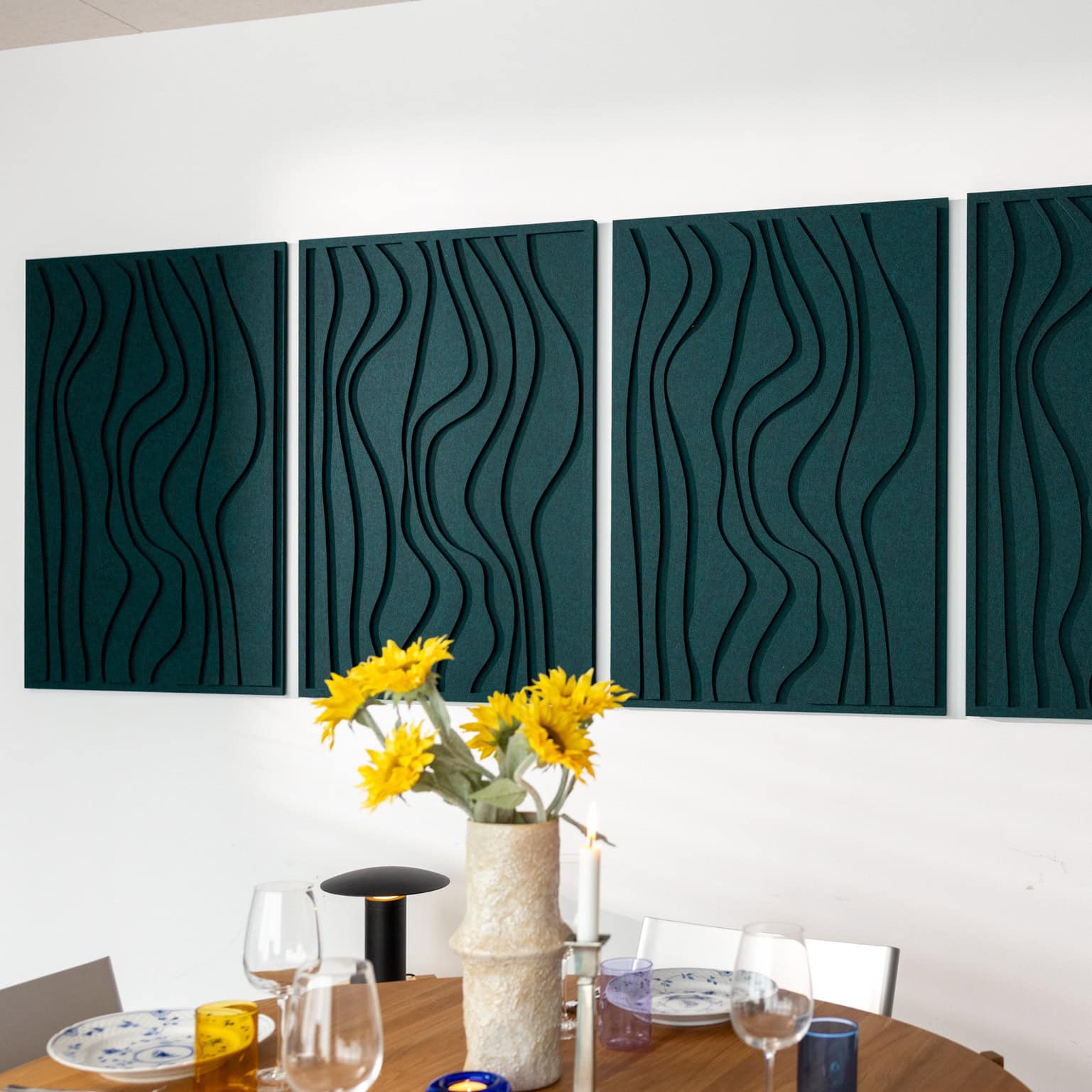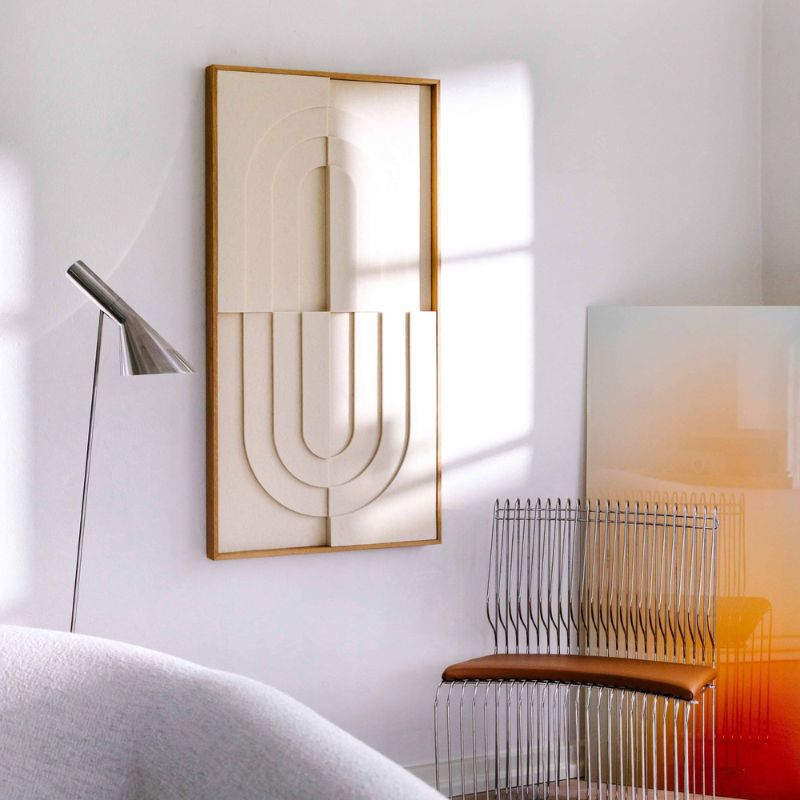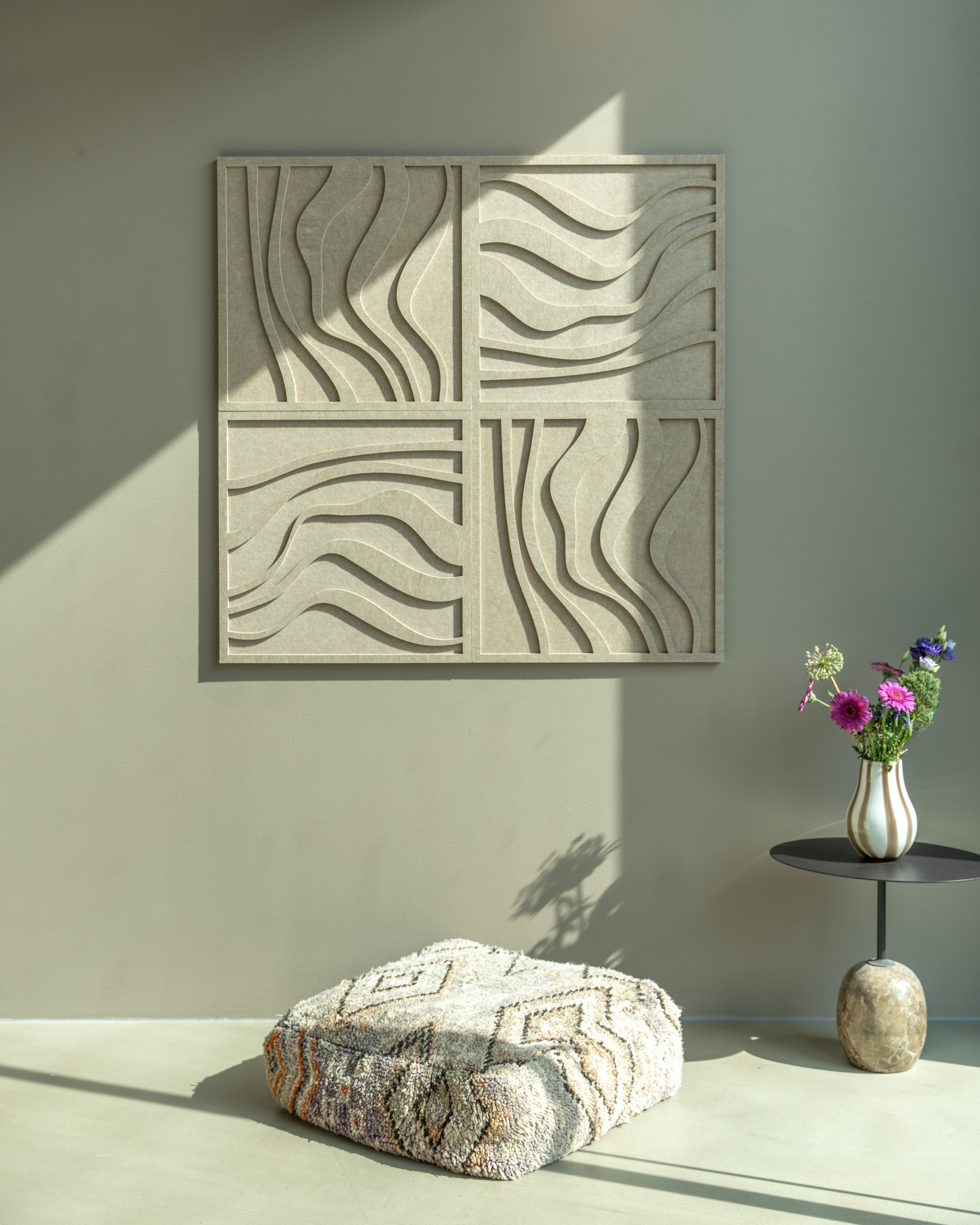
The ultimate guide to better acoustics
By Emilie Kristensen-McLachlan
Have you tried being in a room with poor acoustics? There’s an echo and it’s hard to concentrate on what’s being said. Maybe you’ve asked yourself before how you can get better acoustics. That’s exactly what this guide can help you with.
Poor acoustics is a massive problem when it comes to productivity. That’s why a quiet environment is an important factor at your place of work as well as in your own home. Better acoustics help increase productivity and focus.
What can improve acoustics?
You don’t have to completely renovate your home or office to have better acoustics. In fact you can get a better indoor environment with a few simple tools. Here are 6 ideas on how you can improve the acoustics in your space.
1. Rugs and carpets

Stone acoustic rug from Arturel
When you want to improve your acoustics it’s important to find out where the noise is coming from and whether you have objects that can absorb the sound. One of the simple ways of doing this is by laying down carpet or rugs or including more pillows, blankets and other soft textiles in the room.
Read - Top 5 Benefits of Acoustic Rugs for Homes and Offices
2. Curtains
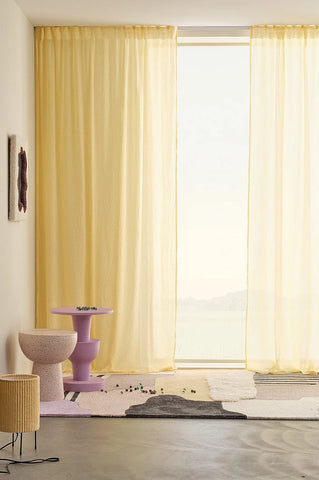
Multi functional curtain from Jotex
Do your windows have curtains? If not this is an easy, quick and beautiful way to reduce noise. Maybe you already have blinds but you can easily combine curtains with what you already have. Perhaps it even makes sense in your interior to use curtains in the middle of the room or along a wall or mirror? Be creative and search on for example Pinterest for different ways to use curtains here.
3. Acoustic panels


You’ll find a range of acoustic panels on the market that you can use in your space with poor acoustics. You can get acoustic panels for walls and ceilings so the big question is what kind fits in with your interior. Some are better in offices while others work better in a home.
Read - Need to Know About Acoustic Panels
4. Shelves and storage

Furniture like bookcases can help fill out a space - also when it comes to acoustics. Perhaps you have a large empty surface where you can add a storage unit that can both be used as part of your space and as storage as well as help improve poor acoustics.
5. Soft furnishings

Soft furniture like chairs and sofas have the same effect as rugs, carpets and curtains - and on top of that they’re nice to sit in. Perhaps your office could use a corner with chairs for meetings or maybe there’s space for a comfy chair in your living room? It can make a massive difference at home as well as in the office.
6. Acoustic artwork

It’s been proven that art makes people happier so why not combine this with better acoustics? Acoustic artwork is artwork for your wall made from sound absorbing materials. At Arturel our artworks are made in several layers of felt which creates a sculptural look while also improving the acoustics. This is part of creating a better indoor environment with improved acoustics in any room.
If you can’t improve the acoustics of your room by adding some of the first 5 ideas you can consider integrating acoustic art made from sound absorbing materials. Sound isn’t an easy thing to work with and that’s why Arturel’s acoustic artworks are modular which makes it easy for you to experiment with the placement in your space.
How do I get better acoustics?
The ideas above are good ways of getting started to get better acoustics. But besides the materials you need to do a few other things before you invest in and place your sound absorbing materials.
Read - Understanding echoes and room acoustics
Placement
Consider your placement. You need to make sure that for example your acoustic artwork, your textiles or furniture are close to where the sound and noise is coming from.
Environment
You can have poor acoustics in all kinds of rooms and if you want to improve the acoustics in rooms like kitchens and bathrooms you need to make sure that they can last in a wet and moist environment. Arturel’s artworks are exclusively made from closed PET-fibers and therefore they can be used in kitchens and bathrooms without damaging the pieces.
Size
The size of the sound absorbing material matters. To see a sizeable change in noise management you need to make sure to have enough textile, big enough furniture or artwork to reduce the noise. When it comes to Arturel’s acoustic art, we recommend at least two pieces depending on the space you have. Some buy 4, 6 or even 10 artworks to reduce noise in the kitchen, living room or meeting room.
Feel the difference with better acoustics
At Arturel, we believe in our product and that’s why we have 30 days full refund on all of our products. Our acoustic felt is made from recycled PET where 90% is made from ocean plastics. So you’ll do something worthwhile for your space and the planet at the same time.


